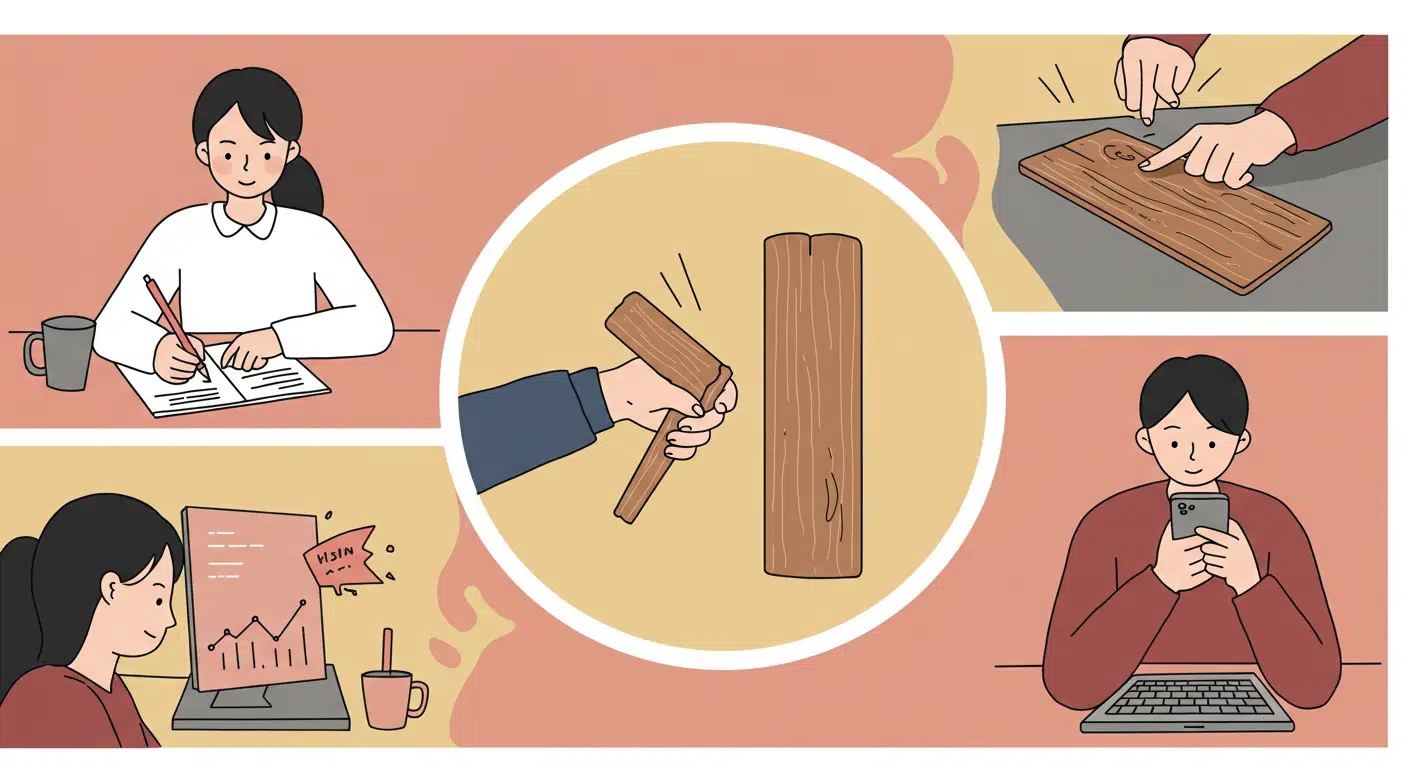The Hope Diamond, a 45.52-carat deep-blue gem, is considered one of the most valuable and mysterious diamonds in the world—and also one of the most cursed. According to legend, those who owned or wore the diamond suffered immense misfortune, including financial collapse, mental illness, untimely death, and family tragedy. The curse allegedly spans centuries and continents, from royal executions to modern-day ruin.
While no scientific evidence supports supernatural claims, the Hope Diamond’s curse has become an enduring part of its mystique. Its dark reputation is woven into the stories of its most famous owners, some of whom did experience dramatic downfalls.



